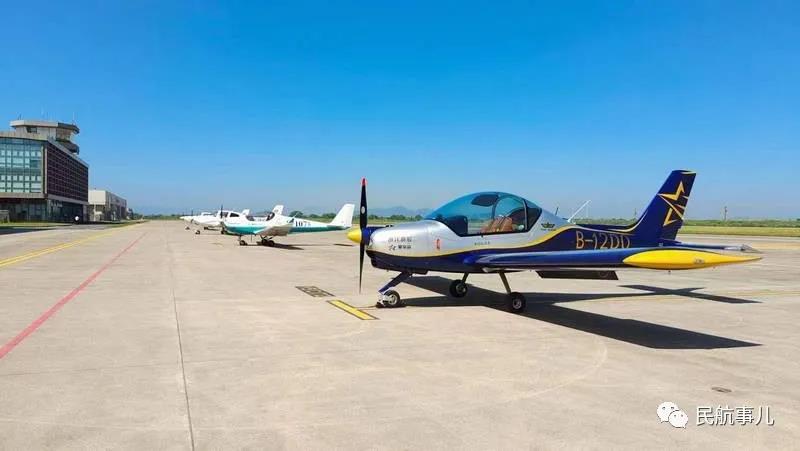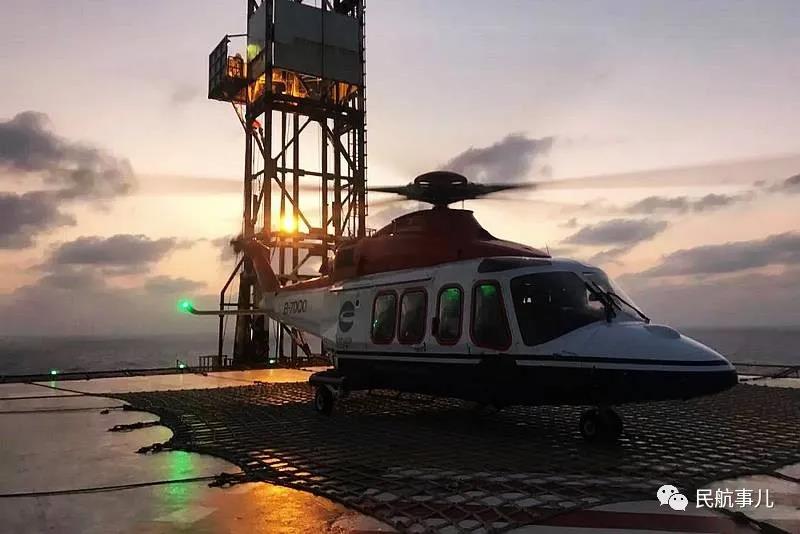Phone: +86 21 51559030
contact@galleon.cc
Avic Research Center Forecast China Civil Aircraft Market
Dec 15,2021

On December 10, 2021, China Aviation Industry Development And Research Center released the Annual Report of China Civil Aircraft Market Forecast (2021-2040) and the Annual Report of China General Aviation Market Forecast (2021-2040) in Beijing. The COVID-19 outbreak in 2020 caused a huge impact on the civil aviation industry, with a significant decline in demand for air passenger transport. China's civil aviation industry has coordinated epidemic prevention and control and safety development, taking the lead in the world in bottoming out and making the domestic air transport market the fastest recovering and best-functioning aviation market in the world. The report makes a comprehensive analysis of the basis of China's future aviation market environment, and forecasts the future development of domestic and foreign transport aviation and general aviation as well as the demand for civil aircraft.
1. China's civil aviation transport industry will resume steady growth. In the next 20 years, the Chinese market will need to replenish 7,646 civil passenger planes and 650 civil cargo planes, of which narrow-body aircraft account for the majority.
China's civil aviation transport industry continued to improve steadily in the first half of 2021, with the overall recovery meeting expectations. Passenger turnover on mainland routes has recovered to the same level of 2019 in March. However, the recovery of international and regional routes was slow due to the severe COVID-19 situation and the deteriorating international environment. Looking at the future development trend, China has achieved remarkable achievements in epidemic prevention and control, and the economic and social order has gradually returned to normal. Under the new development pattern with the major domestic cycle as the main body and the double domestic and international cycles promoting each other, the national economy will continue to maintain stable growth and become the main driving force for the development of China's air transport market. In the long term, China's air passenger turnover will maintain a rapid growth. It is estimated that from 2021 to 2040, China needs to add 7,646 civil airliners, including 1,561 wide-body airliners, 5,276 narrow-body airliners and 809 regional airliners.
Although air freight also decreased due to the epidemic, the epidemic has less impact on air freight than on air passenger transportation, and more impact on domestic freight than international freight. As a result of the epidemic, international passenger flights have been grounded in large numbers, and passenger aircraft belly hold cargo has decreased, while demand for all-cargo aircraft has increased. By January 2021, the volume of freight and mail traffic has recovered to the same level as the same period in 2019, and will exceed the same period in 2019 starting from February 2021. Foreign trade to achieve export product upgrading and market diversification, express business explosive growth to China's air freight brings new development opportunities. As passenger flights resume and cargo capacity increases, air cargo will resume its growth trend. It is expected that in the next 20 years, the average annual growth rate of China's freight and mail turnover will be 7.3%. By 2040, China's cargo aircraft fleet will reach 650, including 157 large freighters, 197 medium-sized wide-body freighters and 296 small freighters.
Although air freight also decreased due to the epidemic, the epidemic has less impact on air freight than on air passenger transportation, and more impact on domestic freight than international freight. As a result of the epidemic, international passenger flights have been grounded in large numbers, and passenger aircraft belly hold cargo has decreased, while demand for all-cargo aircraft has increased. By January 2021, the volume of freight and mail traffic has recovered to the same level as the same period in 2019, and will exceed the same period in 2019 starting from February 2021. Foreign trade to achieve export product upgrading and market diversification, express business explosive growth to China's air freight brings new development opportunities. As passenger flights resume and cargo capacity increases, air cargo will resume its growth trend. It is expected that in the next 20 years, the average annual growth rate of China's freight and mail turnover will be 7.3%. By 2040, China's cargo aircraft fleet will reach 650, including 157 large freighters, 197 medium-sized wide-body freighters and 296 small freighters.

Ii. China's general aviation has great space for development. It is expected that by 2040, the fleet size will increase significantly, with the number of fixed wing general aircraft reaching 45,000 and civil helicopters exceeding 10,000.
China's general aircraft flew 984,000 hours in 2020, bucking the trend and adding 185 aircraft over the previous year. By the end of 2020, China General Aviation had 2,892 aircraft in service, including 923 helicopters. Due to the strong support of national and local governments for general aviation operation in recent years, it is expected that by 2025, the market share of aviation emergency rescue, short-distance transportation, low-altitude tourism and other fields with strong support will increase to a certain extent, and the proportion of agriculture and forestry plant protection business seriously affected by the replacement of UAV will decrease. The market share of traditional navigable operations, such as oil services, aviation forest protection and power line patrol, is basically stable. It is expected that with the breakthrough of China's low-altitude airspace reform, China's general aviation market will break out. Personal entertainment will become the fastest growing business, and the market share of short-distance transportation, business flight, low-altitude tourism and other businesses will also approach the level of developed countries. China is expected to have more than 8 million flying hours by 2040.
China is expected to have 5,343 general aircraft by 2025. Thanks to the dominant position of the training market in China, the piston universal aircraft, which is mainly used for training aircraft, is the largest, and the fixed-wing universal aircraft will occupy a total market share of 64.6%. It is estimated that by 2040, the total number of general aircraft in China will be close to 45,000, among which the fleet of fixed-wing aircraft accounts for 74.3%. Thanks to the rapid development of aviation training, personal entertainment, low-altitude tourism and other fields, the fleet size of piston general purpose aircraft is rapidly expanding and will exceed 25,000 by 2040.
China's civilian helicopter fleet is expected to reach 1,874 by 2025 and more than 10,000 by 2040. Thanks to the development of personal entertainment, low-altitude tourism and other markets, ultralight and light helicopters are still the most popular models in the market, while the traditional helicopter operation market will maintain a relatively stable level of growth due to limited demand growth. The combined market share for ultralight and light helicopters is expected to reach 76.9% by 2040, while the market share for medium and large helicopters is 14.2% and 8.5%, respectively.

Iii. The total demand of the global regional jet market remains stable, but the demand will continue to shift to large-seat aircraft. It is estimated that 6120 regional jets will be needed worldwide from 2021 to 2040.
Jet regional jet market. First of all, the demand for 30-60 passenger jet regional jets is shrinking rapidly. Since 2012, there has been no delivery, and second-hand aircraft meet the limited market demand. There is a certain demand for retirement and replacement in the future. Secondly, 61~100 seat jet regional jet is the mainstream of the market, among which 70 seat jet jet has become the dominant market segment due to the relaxation of scope provisions and other factors. The 90 - seat class jet airliner is favored by airlines because of its superior cost advantage. Third, large-seat regional jets offer airlines the option to optimise capacity for high-volume regional routes and to replace narrow-body mainline aircraft on under-served routes. In addition, it can also be used to develop the secondary market with small passenger flow to compete with narrow-body mainline airliners in the same market without losing cabin comfort, enhance competitiveness by improving flight frequency, or improve profitability by improving passenger load factor. At present, ARJ21 has begun to enter the market in batches, and a number of new models such as E175-E2 will enter the market in succession, thus promoting the development of regional aviation into a new stage. Demand for 30-60 and 61-100 regional jets is expected to be 200 and 3,320, respectively, in the next 20 years.
Turboprop regional jet market. There is a relatively stable niche market for 30-seat turboprop regional jet. The demand for 50-seat turboprop regional jets is gradually being replaced by large turboprop regional jets. Turboprop regional jet above 70 seats (including) is favored by airlines for its lower cost per seat and higher transport capacity, showing a good market prospect, and the coming out of new models in the future will further stimulate demand growth. It is estimated that in the next 20 years, the demand for 30-60 and 61-100 turboprop aircraft is 500 and 2100,respectively.
Source£ºLaoChen
